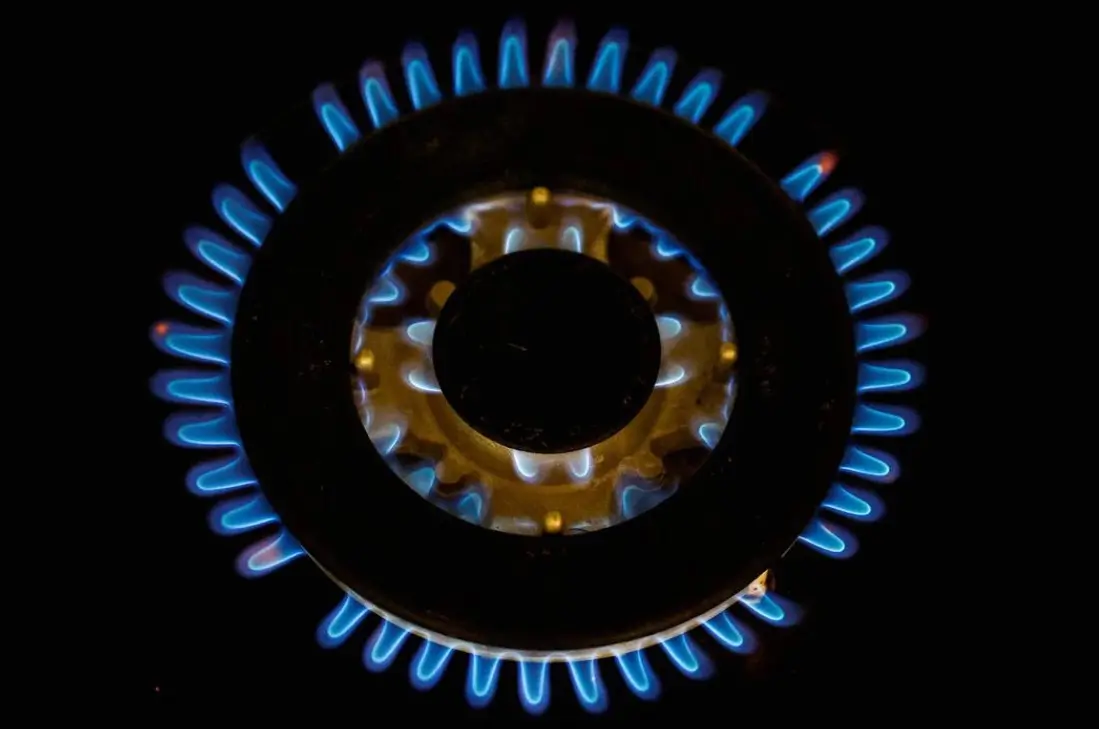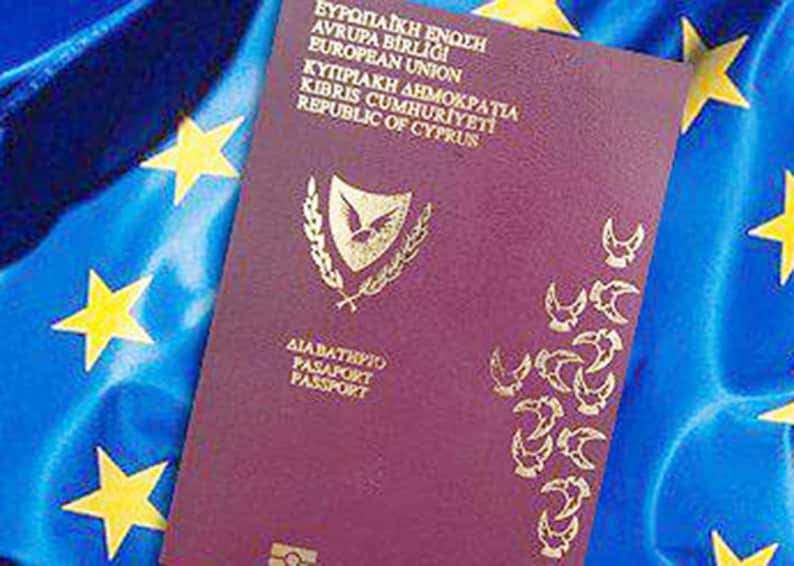Household gas prices in the EU fell to €11.43 per 100 kWh in the first half of 2025, down from €12.44 recorded in the second half of 2024, according to Eurostat.
This drop signals a return to the seasonal fluctuations of gas prices that were characteristic of the period before the 2022 energy crisis.
The percentage of taxes and levies in the final gas prices has slightly increased, moving from 30.0 per cent in the second semester of 2024 to 31.1 per cent in the first semester of 2025.
This rise indicates a further scaling back of subsidies—mainly in the form of tax reductions—that had been implemented during the previous semesters.
Eurostat also reported that household gas prices varied significantly across the EU.
Sweden recorded the highest prices at €21.30 per 100 kWh, followed by the Netherlands at €16.17 and Denmark at €13.06.
In contrast, Hungary (€3.07 per 100 kWh), Croatia (€4.61), and Romania (€5.59) reported the lowest prices.
Compared with the first half of 2024, the largest price increases in national currencies were recorded in Estonia (+23.9 per cent), Bulgaria (+23.6 per cent), and Sweden (+20.9 per cent).
The largest decreases were recorded in Slovenia (-12.7 per cent), Austria (-11.5 per cent), and Czechia (-10.9 per cent).
Expressed in purchasing power standard (PPS), the highest natural gas prices for households were observed in Sweden (17.55), Portugal (15.34), and the Netherlands (13.80).
The lowest prices based on PPS were in Hungary (4.43), Croatia (6.47), and Luxembourg (7.04).
Meanwhile, non-household gas prices in the EU remained stable with only a slight increase in the first semester of 2025, following minor fluctuations at the end of 2024.
Taxes rose subtly from 15.2 per cent in the second semester of 2024 to 16.5 per cent, affecting the overall cost for non-household consumers.







Click here to change your cookie preferences